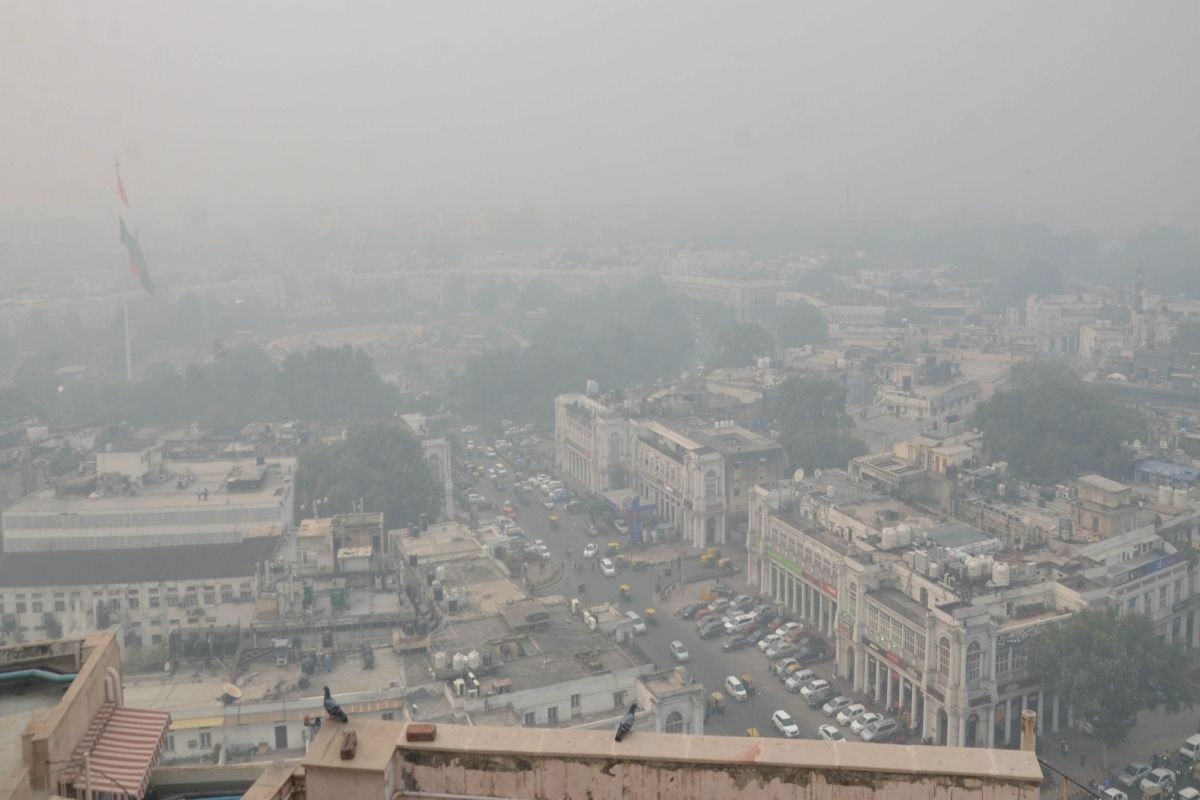We were aghast when India, brazening it out, last year went ahead with a limited-overs cricket match in the country’s capital city despite it being in an officially declared public health emergency. A near-full-house crowd showing up at the stadium even though New Delhi’s citizenry had been instructed to stay indoors evoked critical sighs about the state of subaltern-level Indian ignorance in the time of wide-ranging climate change.
But what has happened at the qualifying stages of the current Australian Open tennis tournament can quite incontrovertibly be said to have been much worse. True, in Delhi, the ground that would always stick in the mind as the good, old Kotla was wrapped in a seemingly unreal, spooky haze as the cricketing action unfolded and was quite abnormally disturbing.
Advertisement
The day before, some Bangladeshi cricketers had worn masks while practising. The visitors were politely evasive with their replies to provocative questions but there had been snide remarks galore. A few social organisations wanted the game shifted and said so in so many words, though only for the Board of Control for Cricket in India to make it clear that it was too late for it to be taken somewhere else.
You would have been right in reading commercial compulsions into the reluctance – no one in sport rubs television up the wrong way nowadays – a trait exhibited by the Australian Open. Given the havoc bushfires had caused Down Under, Melbourne was not quite the idyll it had always been and unheralded aspirants to tennis glory found themselves in dire straits as they struggled to make it to the tournament proper.
It hardly calls for any special imaginative power to deduce the sufferings they went through in an atmosphere which apparently by any yardstick was terribly toxic. Voices in criticism of the authorities’ determination not to allow what they would have deemed the minor matter of players’ health to impede the completion of the programme were like howls in the wilderness.
Nobody cared. One offshoot of the confrontational situation was that a good many of those seeking to qualify wondered aloud why the have-lots among the players were not speaking up for the have-nots. The upper-tier ones came to be charged with being completely indifferent to the plight of the children of a lesser god while, of course, feathering their own nests.
A lot of rain fell after that, and climate-related complaints in the Australian Open abated subsequently, but it all might have left a lot of people wondering about something. Grand Slams are as big as they come and they have a certain standard to live up to. Now if one of them can be blase enough to shrug off a huge tragedy so it can be business as usual otherwise, will the world’s not-so-big arenas ever stand any chance of being normal again?











